Rafael Viñoly, Uruguay’s Most Famous Architect, Dies at 78
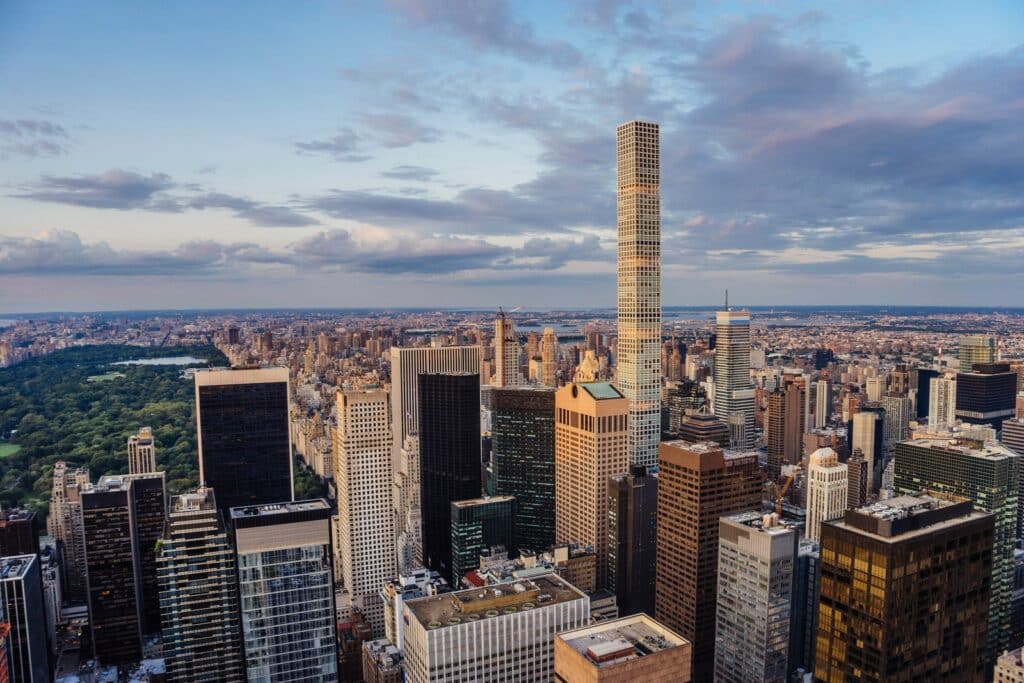
This post was originally published on this site
Rafael Viñoly, the extraordinary Uruguay-born architect whose function-driven, context-inspired buildings made their marks on six continents, died unexpectedly of an aneurysm in New York on March 2. He was 78 years old.
Viñoly’s most recognizable recent projects include international skyscrapers like 432 Park Avenue in New York and 20 Fenchurch Street in London. He is also known for cultural buildings with an artistic flair including the Cleveland Museum of Art expansion; the Carrasco International Airport in Montevideo, Uruguay; and the Tokyo International Forum, as well as complex research facilities designed on complicated sites like the Rockefeller University River campus, which spans a section of New York’s FDR Drive.
“Architecture is not simply an artistic endeavor, or a mere technical or organizational challenge; it is a social practice with a significant impact on the collective environment well beyond the effects of its initial viewing,” he once wrote. “It is that responsibility towards the environment what defines the realm of competence of the profession.” For Viñoly, every project began with a sketch, though unlike many of his peers who were trained only in hand drafting, he taught himself contemporary modeling software so he could collaborate digitally with his staff using the latest technologies. He eschewed adherence to a specific design style in favor of creating projects that responded to their unique needs.
Born in Montevideo in 1944 to film and theater director Román Viñoly Barreto and mathematics teacher Maria Beceiro, Viñoly began his professional career in architecture while he was still attending the University of Buenos Aires. In 1964, two years before he earned his diploma in architecture, he founded Estudio de Arquitectura Manteola-Petchersky-Sánchez Gómez-Santos-Solsona-Viñoly (then known as MSGSSV, now MSGSSS) with six associates. He was 20. In 1969, when Viñoly received his Master of Architecture from the University’s Faculty of Architecture and Urbanism, he and his collaborative firm had already completed the Headquarters for the Bank of Buenos Aires. They would go on to design several large commercial and housing projects across Argentina together, the latter of which often featured block towers interconnected by skybridges and always integrated public spaces, which were crucial to the way Viñoly conceived of architecture.
In 1978, the architect and his family moved to the United States, where he took a position as a guest lecturer at the Harvard Graduate School of Design. The next year, he relocated to New York, officially left MSGSSV in 1980, and opened his own firm, Rafael Viñoly Architects, in 1983. His first project in New York was the John Jay College of Criminal Justice, which included both new and adaptive reuse design. But his ambitious Tokyo International Forum, a 1989 competition win, helped to raise his global profile as an architect who could design complex landmark projects that were functional, awe-inspiring, and naturally integrated into the public realm.
Though a New Yorker for several decades, Viñoly remained connected to his home country, spending summers in Montevideo, and designing there as well. One of his most handsome recent projects is the Laguna Garzón Bridge, a circular road deck and pedestrian walkway whose design allows an eco-friendly crossing over the environmentally sensitive 4,448-acre lagoon on the nation’s coast.
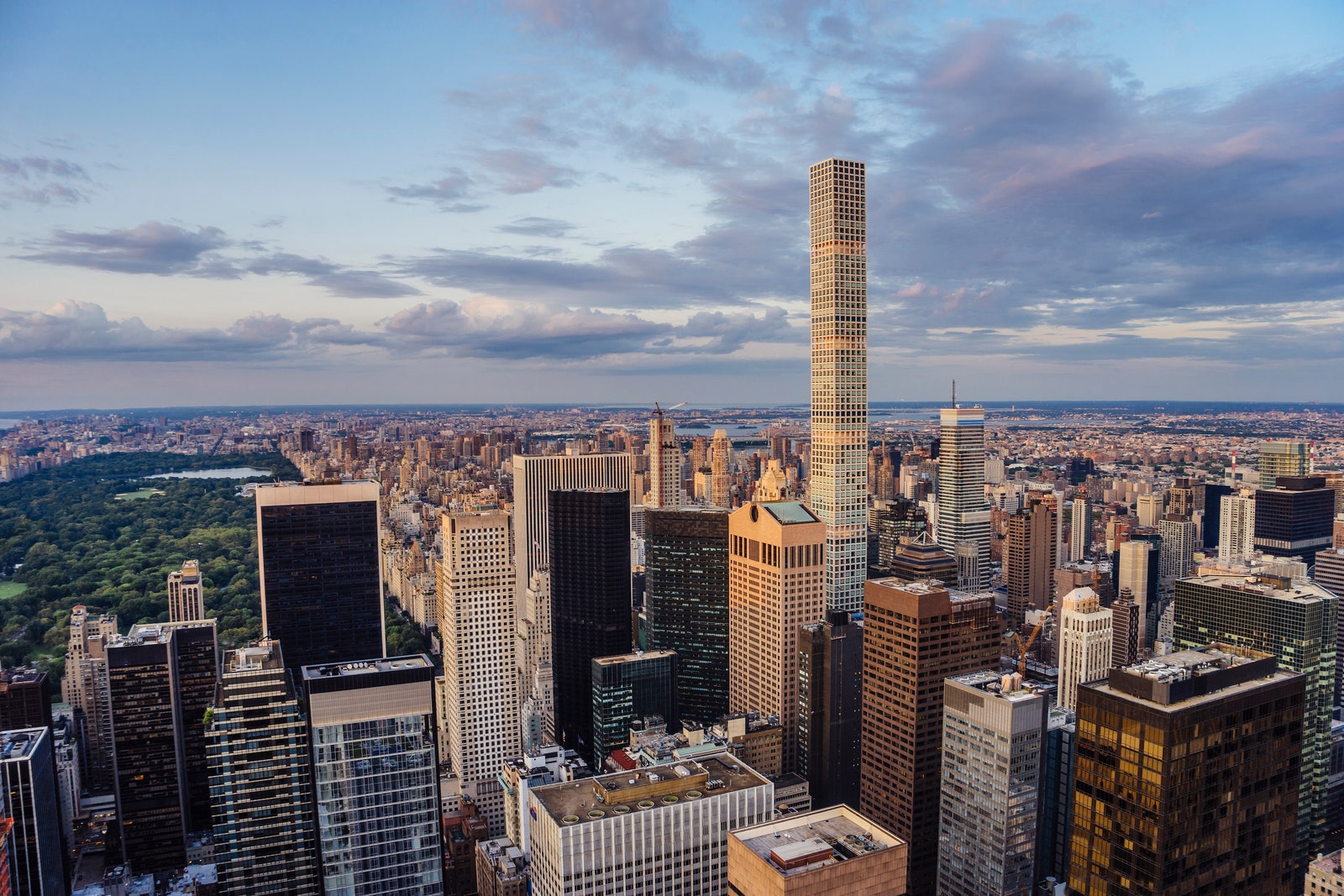
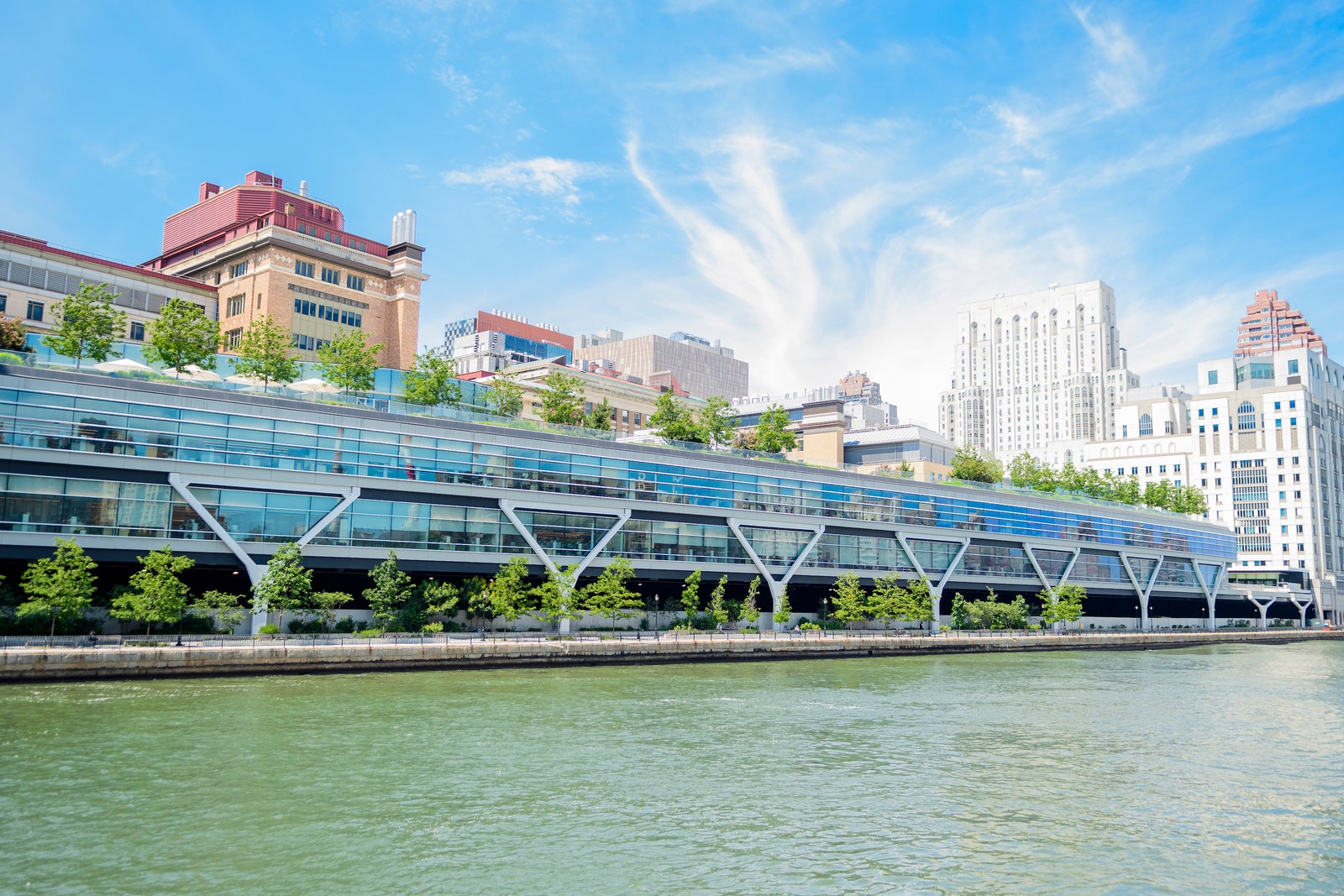
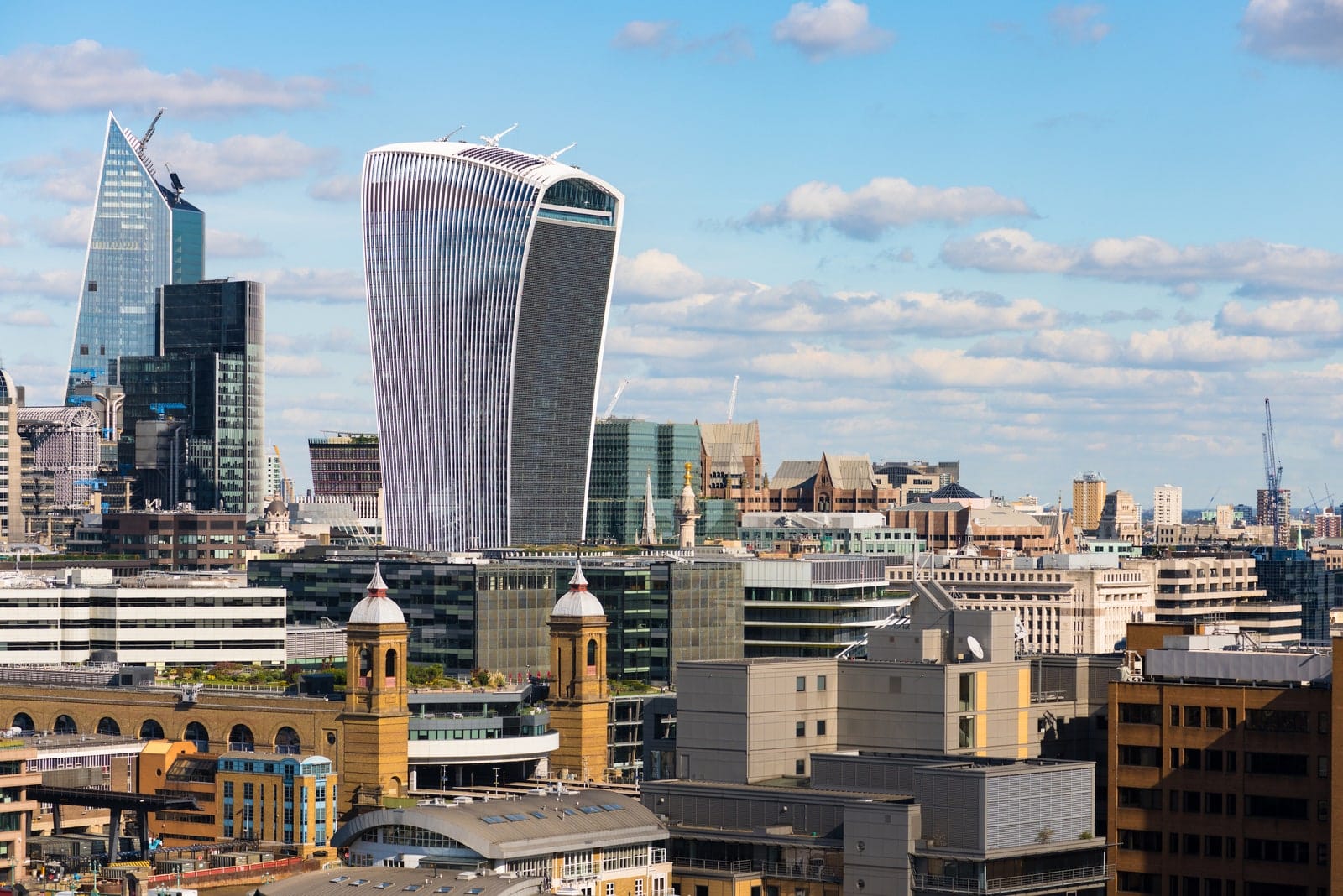
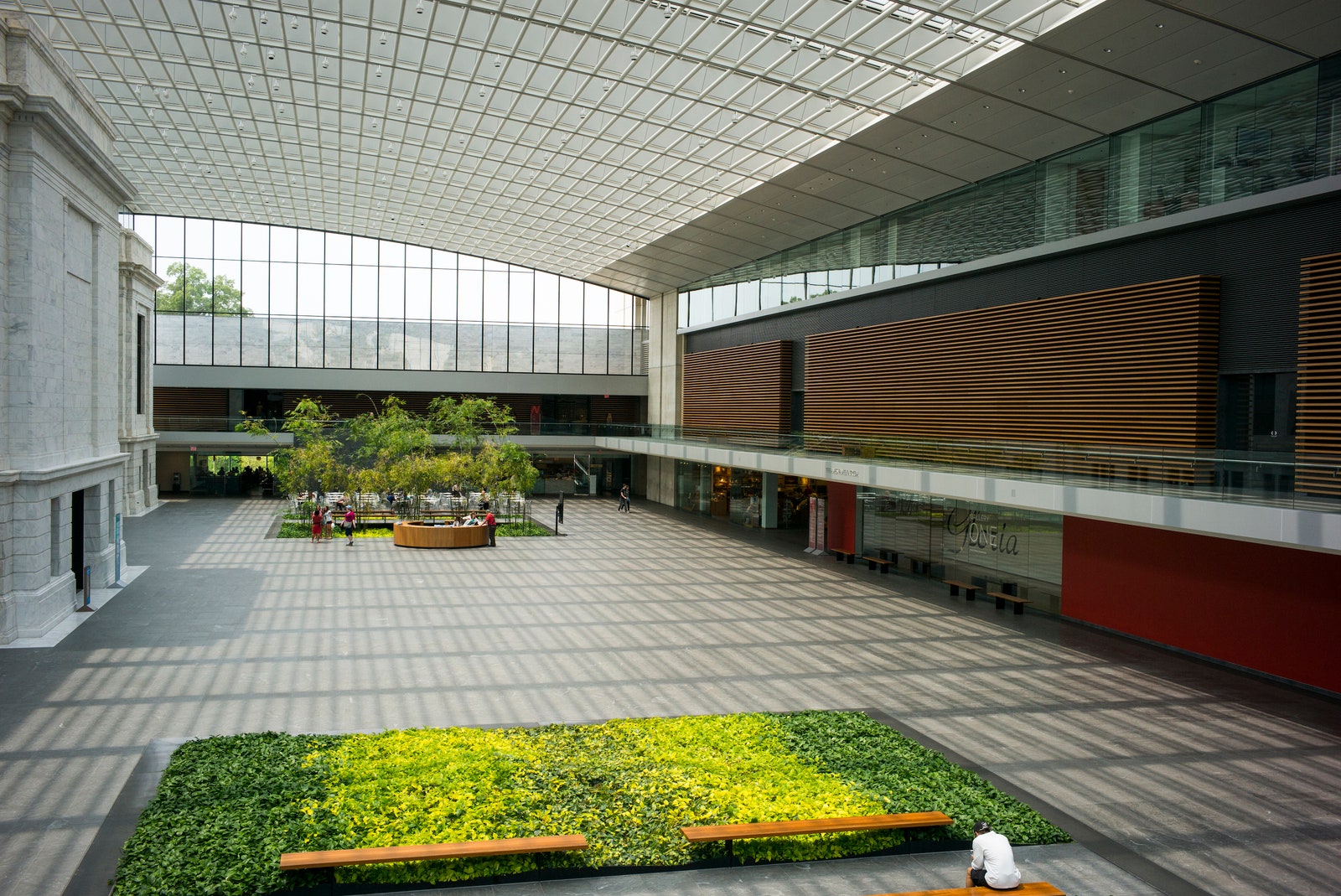
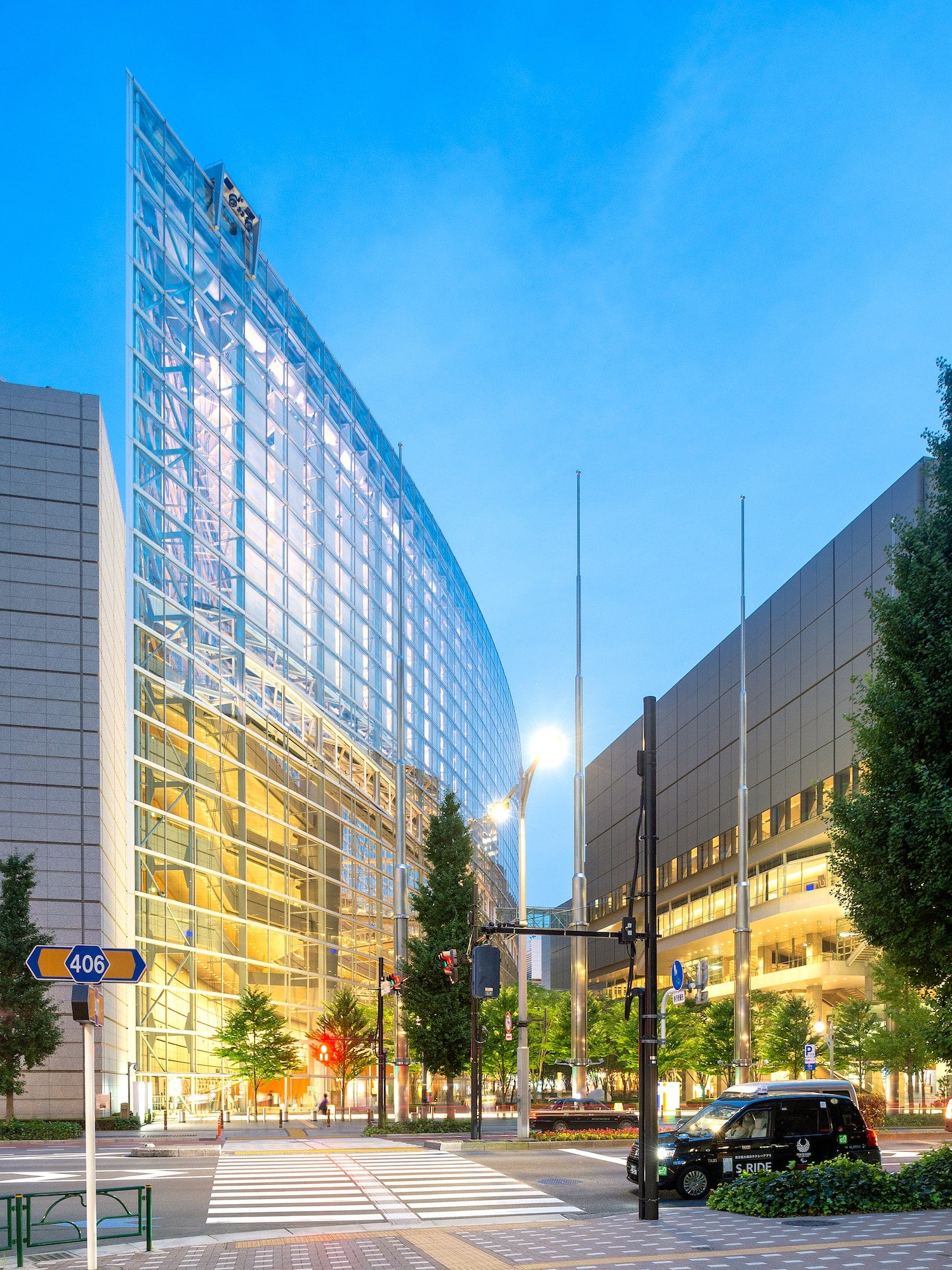
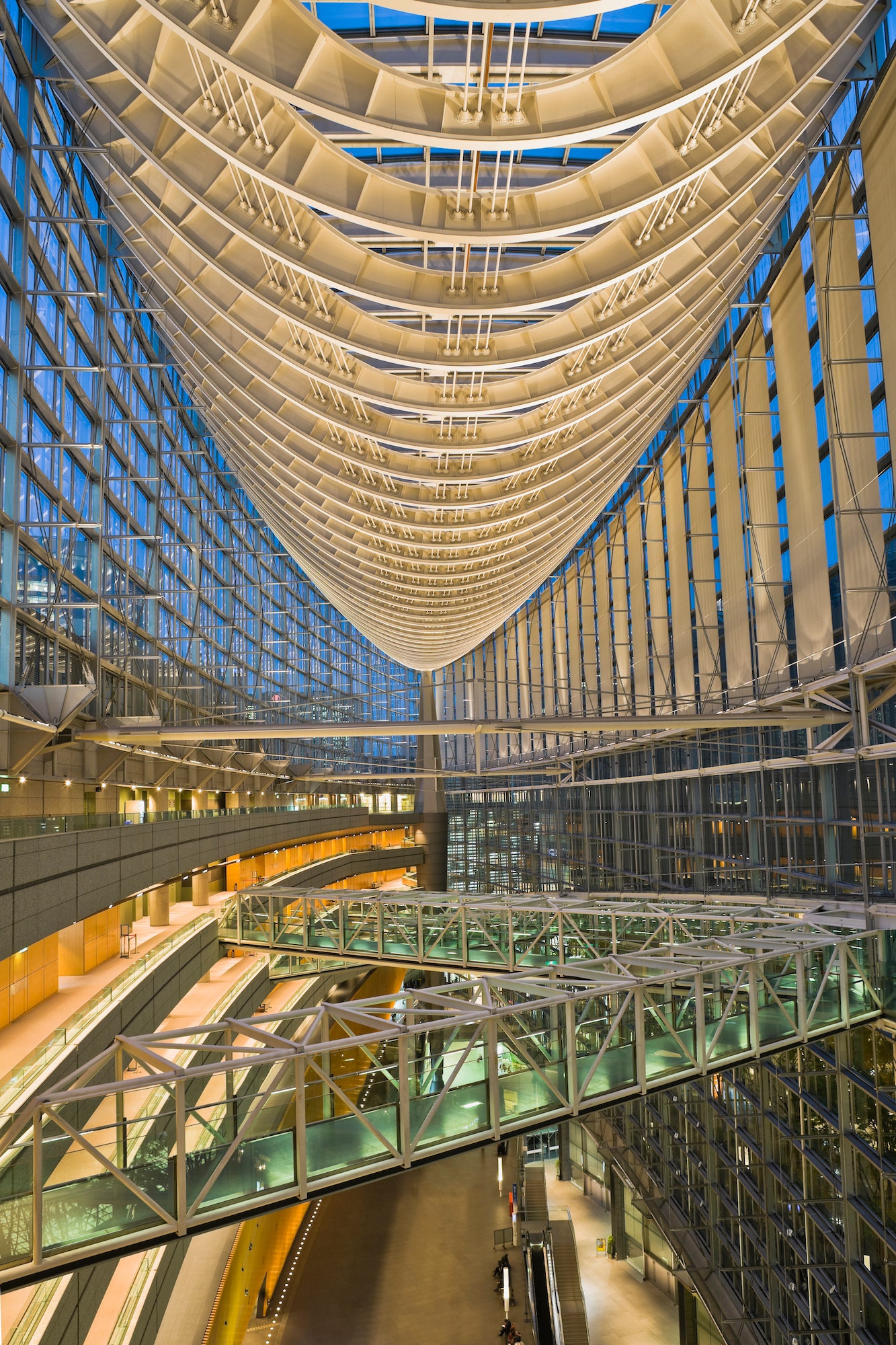


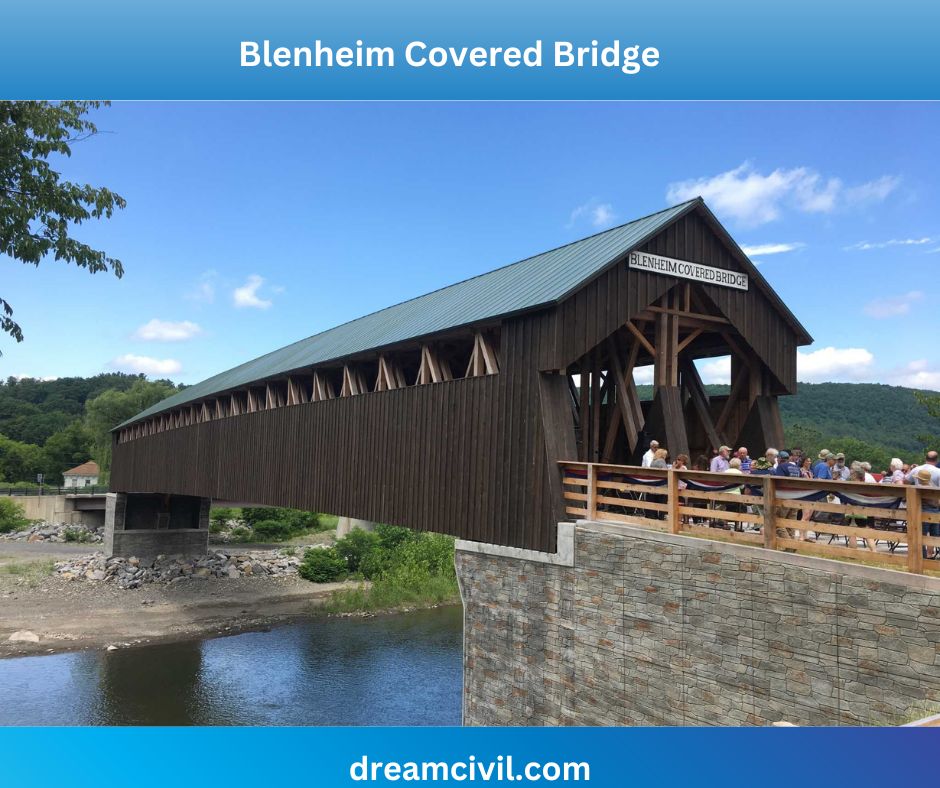
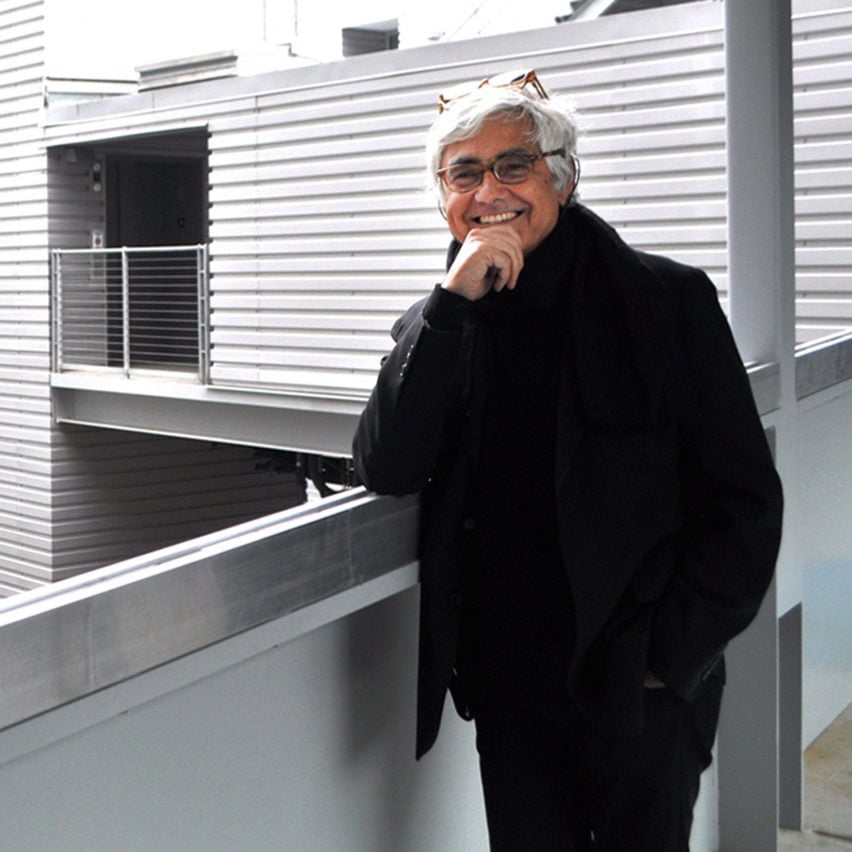
Responses